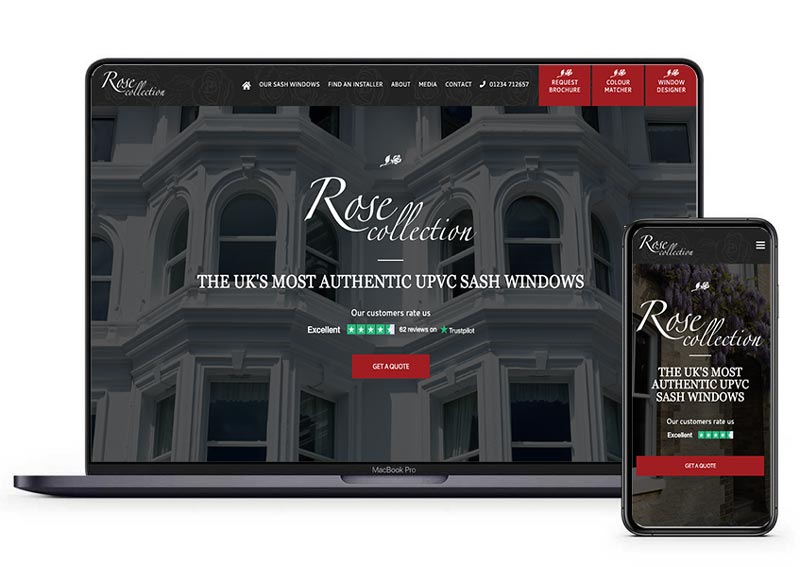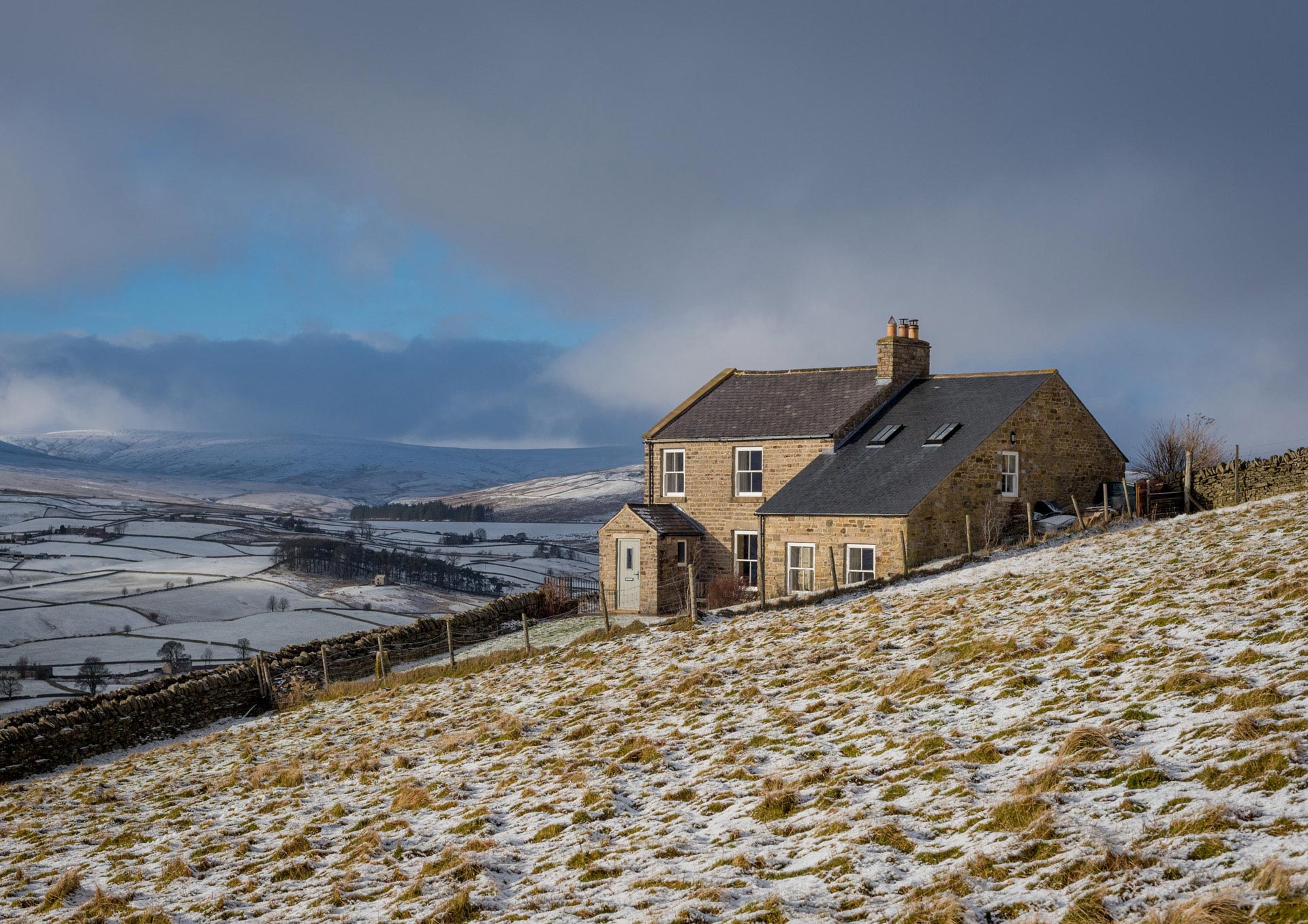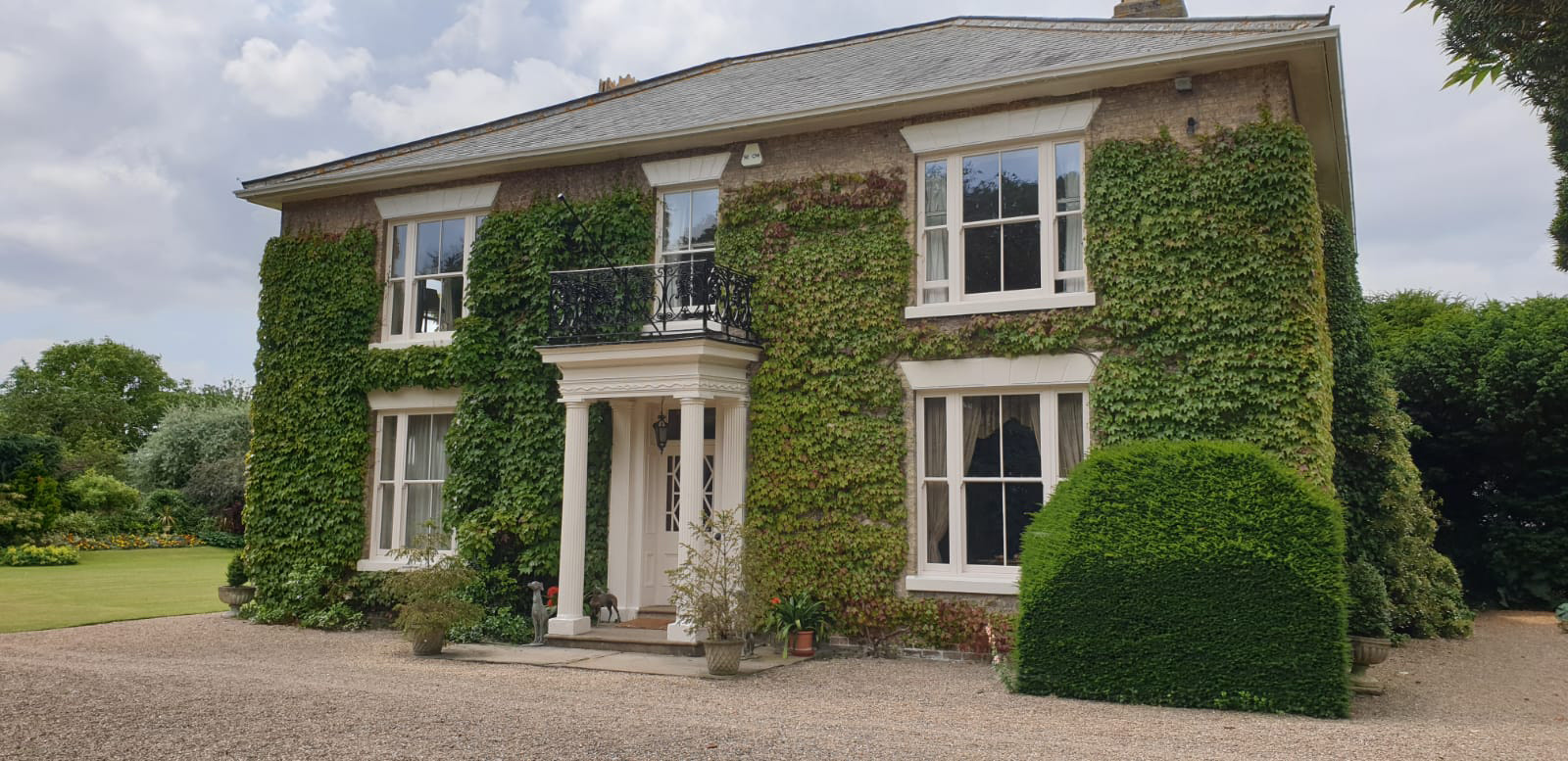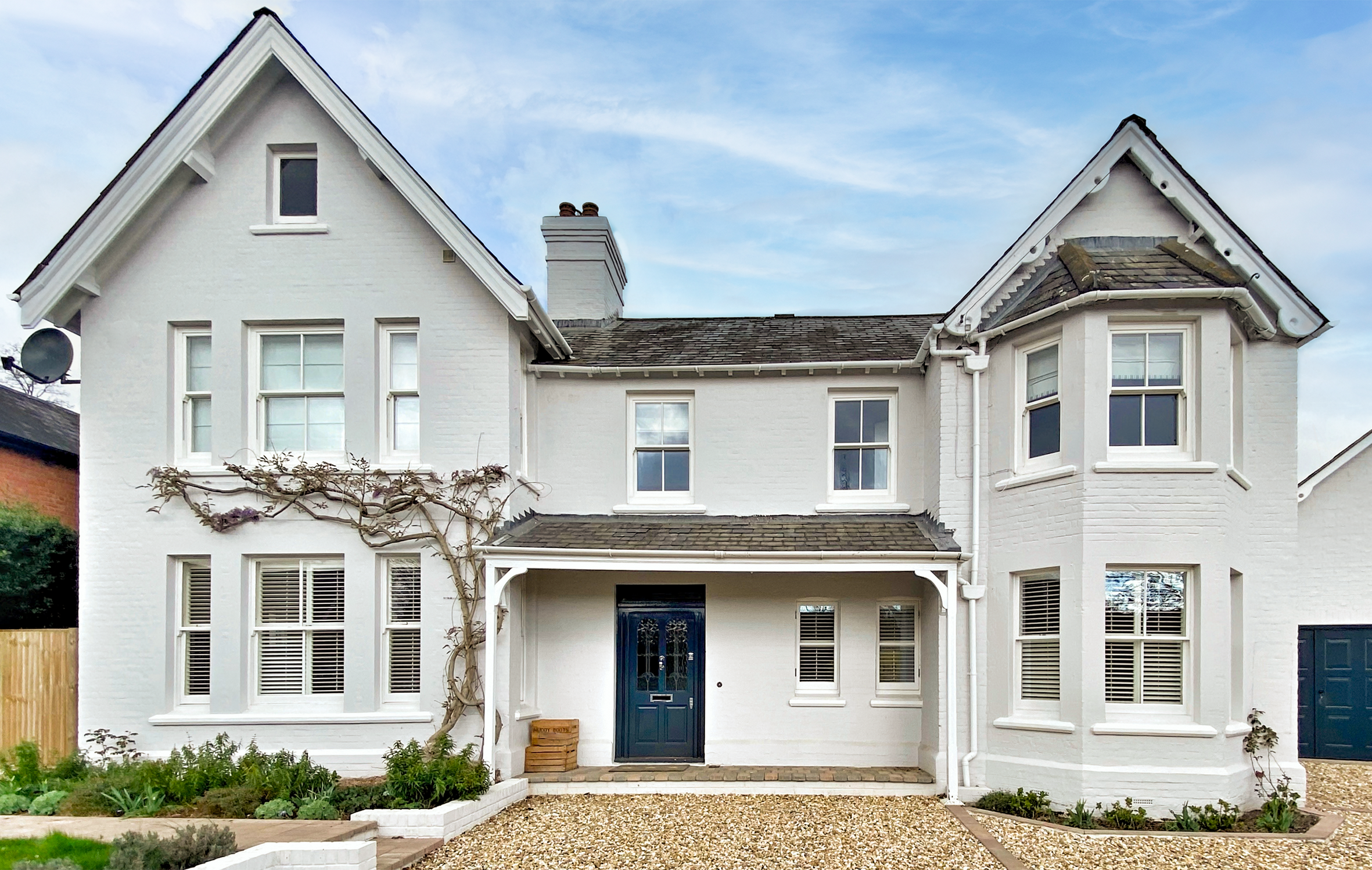Heritage depends on authenticity [Windows Active]
This article was published in Windows Active magazine’s recent heritage feature.
Sash window manufacturer Roseview has long been associated with heritage. When it comes to manufacturing traditional windows, Roseview director Mike Bygrave explains the pivotal role that authenticity plays, not only in the heritage products themselves but also in the companies that produce them.
DEMAND FOR HERITAGE
The once-niche heritage window market has evolved into a well-established sector. Its robust growth is based on ever-increasing homeowner demand and a surge in fabricators and installers recognizing the advantages and profits of offering traditional window styles.
The driving force behind this increased demand is the United Kingdom’s aging housing stock. According to the Office for National Statistics (ONS) 2022 housing survey, of the 15.5 million owner-occupied homes in England, almost 40% were built before 1945. That equates to approximately six million properties. Among these, 3.5 million were built prior to 1919. By way of comparison, fewer than two million new homes have been built in the past two decades.
It is clear that this aging housing stock heavily relies on heritage windows. However, the preference for heritage also influences contemporary architecture. Modern buildings and designs frequently draw inspiration from heritage aesthetics, resulting in a resurgence of heritage-based window designs. The demand is there.
Roseview’s involvement in heritage windows dates back to 1985 when The Peabody Trust, a London housing group, sought a conservation-friendly solution to upgrade thousands of end-of-life timber sash windows. Their objective was clear; they didn’t want to replace the windows with mock-sash casements that merely imitated the original aesthetics, but they did want to avoid the expense and ongoing maintenance overhead associated with new timber windows.
In collaboration with the Peabody Trust, REHAU designed the first commercially viable uPVC sash window that focused on conservation needs. They then approached Roseview to manufacture it. Although at the time the market for timber-alternative heritage windows didn’t exist, Roseview recognised the importance of preserving a vanishing traditional window style deeply ingrained in British architectural heritage.
PUSHING THE BOUNDARIES
Almost four decades later, and Roseview has remained dedicated to the pursuit of authenticity. We believe that heritage is not just popular; it’s important.
As a result we have continuously explored ways to design and construct modern sash windows that capture the visual authenticity of their timber counterparts while incorporating the benefits of modern window technology.
This approach means prioritising authenticity and performance over profit or simplicity.
Certain features of modern uPVC windows, such as chunky profiles, conspicuous caps and fake joints, are easy to produce. While these features can be adapted to suit heritage-style windows, they fall short of true authenticity. Matching the slim, seamless, well-proportioned lines of Georgian or Victorian hardwood sash windows in uPVC – as we do with our Ultimate Rose sash window – demands experience, investment and dedication. It is challenging, and requires both time and commitment to achieve.
AUTHENTICITY IS KEY
From a purely business standpoint, it makes more sense to approximate heritage style rather than meticulously replicate it. However, when a company’s reputation is built on true authenticity, simply approximating heritage isn’t enough.
The good news is that homeowners are discerning and know the difference.
Roseview’s journey began with the introduction of the first uPVC sash window in 1985, a ground-breaking achievement at the time. Since then we’ve progressed much further, and through features such as ultra-slim 35mm meeting rails, seamless window construction, traditional curved sash horn designs and smooth balance chamber covers we’ve taken things to an entirely new level.
It’s only because we are so deeply vested in heritage authenticity that we can justify the time and effort it takes to reach this level. This, in turn, raises the bar for what is expected from heritage windows, which—ultimately—both installers and homeowners benefit from.
Tags: heritage, Roseview, timber-alternative





![Demystifying conservation [Glass News]](https://www.roseview.co.uk/wp-content/uploads/2018/07/UR14.jpg)
![True heritage is more than a sum of its parts [Glass Times]](https://www.roseview.co.uk/wp-content/uploads/2021/04/UR-WISTERIA-EDITED-4.jpg)